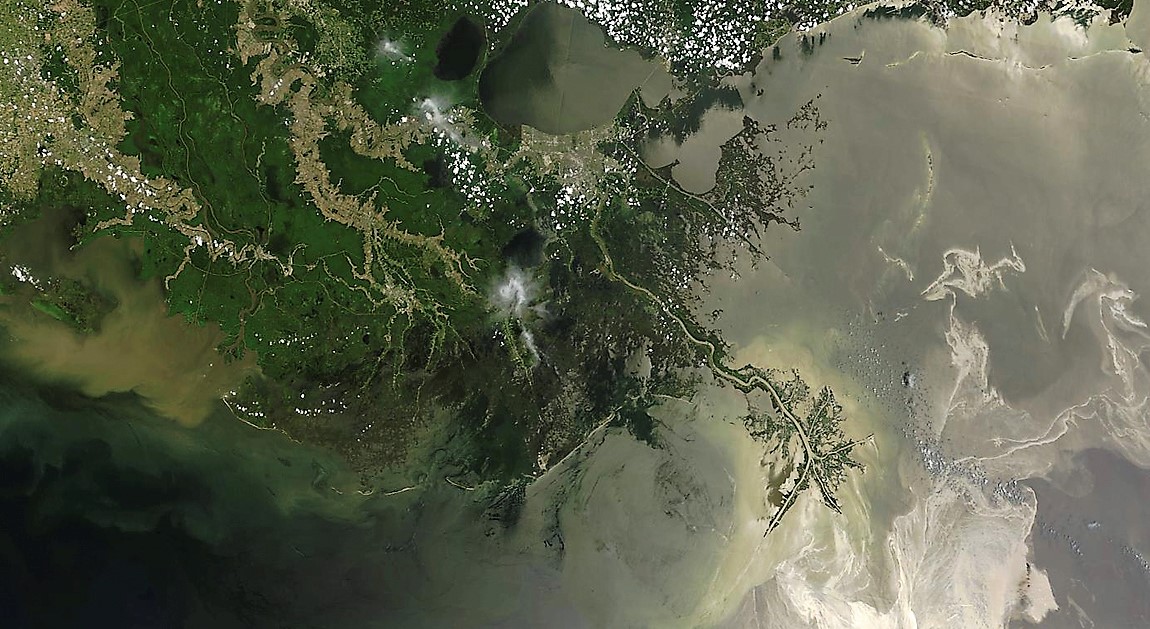Sat-Sun: Non-working days
Gold deposits in the Russian Far East represent a unique wealth of this region. Spanning a vast territory, they attract the attention of the mining industry and investors from around the world. Since ancient times, gold has been considered a symbol of wealth and resilience, and its allure persists to this day. The Russian Far East has become renowned for its significant reserves of this precious metal, which attract miners and researchers alike.
Magadan Oblast, Khabarovsk Krai, Amur Oblast, Kamchatka, and Primorsky Krai—these regions of the Russian Far East are renowned for their gold-bearing deposits. They host some of the largest and most productive gold mining sites in Russia. These are valuable sources of prosperity and economic development for the region, as well as an important element in meeting global demand for gold.
In this article, we will explore some of the leading gold deposits in the Russian Far East, their geographical locations, characteristics, and significance for the region. We will learn about significant gold mining projects, the technologies employed, and future plans. Let's delve into the world of gold mining in the Russian Far East and explore its potential, which continues to attract the attention of miners, investors, and precious metal enthusiasts.
The Russian Far East hosts several gold deposits. Here are some of them:
-
Polymetallic Deposit: Located in Magadan Oblast, in the Omsukchan district. This is one of the largest gold-bearing deposits in Russia and a primary gold mining site in the Russian Far East.
-
Dry Log: Situated in Khabarovsk Krai. The deposit has significant potential for gold extraction.
-
Natalka Deposit: Located in Amur Oblast. It holds substantial gold reserves and is one of the leading gold deposits in Russia.
-
Kupol Deposit: Found in Kamchatka. Additional gold deposits have also been discovered in this region.
-
Baley Deposit: Situated in Primorsky Krai. It possesses considerable gold reserves and is actively being developed.
- Large-scale gold mining began in the mid-19th century in Transbaikalia, the Amur region, and Primorye.
- In the 1920s, gold mining started in Yakutia (Aldan), in the 1930s - in northern Yakutia and in the Magadan region, in the 1950s - in Chukotka, in the 1960s - in Kamchatka and Sakhalin.
- Most of the gold was mined from alluvial deposits (up to 80 percent), while ore gold was extracted from a few underground mines. Major gold mining operations were conducted at the Taseevsky (Baleizoloto), Lebedinsky, and Kuranskoye mines (Aldanzoloto).
- The capacity of alluvial gold mining was strictly territorial. Large centers (mining and processing plants) focused on the development of other valuable minerals - tin, uranium, tungsten, as well as other non-ferrous metals.
- Following the collapse of the USSR, the established system of gold and other valuable mineral mining suffered significant disruptions. Many mining operations in the Russian Far East were affected.
- In the late 1990s and early 2000s, gold mining began to revive. The quality of gold mining improved, large ore mining enterprises appeared, often with foreign financing. Alluvial gold mining also resumed.
In recent years, the share of underground reserve development has increased. The price of work carried out underground is significantly higher than the cost of open-pit mining. Consequently, making the industry attractive for investment is the desire and task of the regional authorities. For example, the Malmyzh gold deposit in the Far East was discovered, where gold, porphyry (hypabyssal rock) and copper are mined. It is located in the Khabarovsk Territory, 80 km from Komsomolsk-on-Amur. This ore field has been searched for minerals since 2010. According to experts, the reserves amount to 5.6 million tons of copper and 298 tons of gold. The development of a valuable gold deposit in the Far East was carried out by the Amur Minerals company. The founder is the American company Khabarovsk Minerals LLC. Industrial development according to the plan will be carried out by 2021. In 2025, a powerful mining and processing plant will be launched, producing 75 thousand tons of copper and 3.6 tons of concentrated gold every year. The Amur Minerals company plans to invest a large amount in the facility - over $1.5 billion.
Let us note that in the south of the Far East there is no extensive experience in attracting foreign investments and investors in the extraction of precious metals at the industrial level. In the end 1990s and early 2000s There were many artels from China in the Amur region. Only they were interested in small deposits of placer gold. While large licensed areas in Chukotka attracted foreign wealthy companies for the purpose of cooperation.
Today, the Canadian company Kinross Gold Corp. is working fruitfully in the Autonomous Okrug. Cooperation takes place with the joint-stock company "Chukotka Mining and Geological Company" and LLC "Northern Gold". The latter enterprise developed the Kupol deposits (10.7 tons of gold were mined in 2016) and Dvoinoye (10.5 tons of gold). Now the international company Auramine Resources Ltd. is developing the Karalvey mine (1.3 tons of gold). Millhouse Group company - Valunistoye deposit (0.9 tons of gold).
Today, the federal budget of the Russian Federation provides subsidies for a number of gold mining projects in the Far East.
Price Policy
- The fluctuations in the price of gold in dollars at the beginning of 2013 triggered a major downturn that lasted several years. Since 2014, it has softened due to differences in exchange rates since early 2014.
- The rise of the dollar against the declining ruble created attractive conditions for investor activity.
- Accumulation of finances and acquisition of experienced personnel contribute to the activity of exploration of mineral resources.
- Companies are interested in establishing additional enterprises in similar areas.
- Many entrepreneurs have become more interested and active in exploring new deposits.
Classification of Gold Deposits
There are two types of gold-bearing deposits. They are classified as:
- Primary (or primary deposits).
- Alluvial - secondary deposits.
About Primary Deposits
Portions of magma ejected onto the Earth's surface constitute primary deposits. Sometimes, the rock contains pure gold nuggets and veins without impurities, but this is quite rare. More often, the precious metal is alloyed with other components such as quartz, copper, polymetallic alloys, sulfur, and iron.
In Russia, gold mining is concentrated in primary deposits which are abundant in gold deposits.
Secondary Deposits
Secondary deposits are formed as a result of weathering of primary deposits. Placer gold deposits were particularly attractive to lone prospectors, often undertaking significant risks. Weathering of primary deposits is not solely due to the strong actions of air currents. Water, the activities of various bacteria, and temperature fluctuations also played a role.
Until very recently, gold was mainly obtained from alluvial deposits. It was washed out (sluiced). Minor impurities were washed away by water flow, leaving behind gold sand in special washing pans. The sand was melted into various gold ornaments and ingots.
In the early 20th century, the era of scientific and technological revolution began. Advanced technologies were invented that efficiently processed magmatic rock. Gold mining significantly increased. According to professionals, 60 percent of the gold mined throughout human history comes from the metal produced in the last century and a half.
Leading Gold Mining Regions: Magadan Region
In 2018, the record production reached 37.85 tons per year. Ore mining (19.03 tons) exceeded placer mining volumes (18.8 tons/year) for the first time in history.
- Operations are active at companies like "Polyus" on the Natalka River, "Polymetal" on its gold and silver mines, and ZRK "Pavlik" at its namesake deposit. Continuous development is seen at the successful veteran company "Susumanzoloto" (operating for 80 years in 2018) and other prosperous enterprises, laying the foundation for future growth.
- New large-scale projects and facilities play a crucial role in increasing production.
- Coal mining is advancing, with ongoing development of rare and base metal deposits. Leaders in valuable minerals include tin, copper, lead, zinc, and tungsten.
Republic of Sakha (Yakutia) Region
- Companies operating in Yakutia include "Polyus" (Aldanzoloto), "Seligdar," "Vysochaishiy" (TZRK and SGM), "Zapadnaya," and "Poisk," among many smaller entities. They are actively involved in gold, silver, and other precious metal mining.
- In 2018, Yakutia produced 30 tons of gold, nearly 10 tons of which came from alluvial deposits.
- The region boasts abundant large ore and placer deposits. Notable ore deposits include Nezhdaninskoye/Polymetal (possibly the largest gold deposit in the Far East), Kyuchus, and others. All deposits in Yakutia have significant growth potential for minerals, including silver and polymetallic byproduct gold.
- Antimony mining is being revived, and new projects for polymetals, iron ore, and uranium are being developed in the Sakha Republic.
Another Leading Region: Khabarovsk Territory
- Gold production in Khabarovsk Territory was minimal just a few years ago, at only 4.5 tons per year. Today, production has surged to 27.4 tons annually, with placer gold accounting for just 4.5 tons.
- The development of gold mining is greatly facilitated by companies like "Polymetal," which operates the country's first autoclave plant for refractory concentrate processing, along with HGM. New mining projects are constantly being discovered.
- Recent discoveries include vast areas where byproduct gold is being extracted, such as the extensive copper-gold Malmuzh deposit. This significantly enhances future production growth.
- The development of the Malmuzh deposit and the revival of tin production at the former "Solnechny" GOK site lay the groundwork for increased metal exploration in this region.
Chukotka Autonomous Okrug (CAO)
- Recently, CAO, once among the top three leaders, has seen a decline due to the completion of operations at the Kupol deposit (Kinross Gold).
- However, productive operations at Kinross's Dvoinoye deposit and other projects, along with the continued operation at Kupol, are supported by companies like "Polymetal" at Mayskoye, Leviev Group's Karalveem mine, and numerous other enterprises. New major projects, particularly the gold-bearing Kekura (HGM) and Peschanka (KAZ Minerals), where copper and ore are mined, are expected to revive gold production volumes in CAO.
- The Pates "Academic Lomonosov" is slated to begin operations in 2019, and the construction of an energy bridge between Chukotka and Magadan Oblast is anticipated. This initiative will significantly accelerate the development of the Baimsky project (Peschanka, etc.) and various gold ore objects. Tungsten and tin mining will also be revived, with the development of other useful minerals in this region.
Another Leading Region: Amur Region
- Rounding out the top regions where over 20 tons of gold and placer are mined annually.
- The company "Petropavlovsk" (formerly Peter Hambro Mining) has positioned the Amur Region as a leader over the past two decades.
- Companies like "Solovyovsky Priisk," "Berezitovy Mine," and others were unable to offset the significant drop in production in 2013 due to global gold price declines.
- Despite this, "Petropavlovsk" overcame the crisis in 2018 with the completion and launch of the Pokrovsky Autoclave facility for refractory concentrate processing. A return to successful mining operations is expected in this region.
- Further development by "Petropavlovsk" will lead to efficient operations at its subsidiary, Petropavlovsk-ChM. The region's favorable conditions will also promote the development of projects for mining valuable minerals such as copper, nickel, titanium ore, and iron ore.








